Electric cars can use two fuels: alternating current (AC) and direct current (DC). The energy from the network is always alternating current. However, batteries such as those in electric vehicles can only store energy in the form of direct current.
Electric cars use AC or DC
Therefore, most electronic devices have a built-in converter in the connector. You may not have noticed, but every time you charge a device such as a smartphone, the plug converts AC power to DC power.
If it is a DC motor, it can operate at a voltage of 96-192 volts. Many DC motors used in electric vehicles are manufactured with electric forklifts. If it is an AC motor, it is probably a three-phase AC motor, which is operated by a 300-volt battery with 240-volt AC.
DC installation is usually simpler and cheaper. Typical electric motors range from 20,000 to 30,000 watts. The power range of a typical voltage stabilizer is 40,000 to 60,000 watts (for example, a 96-volt voltage stabilizer). Can provide up to 400 or 600 amperes of current).
DC motors have excellent features, you can overload the motor in a short time (up to 10:1 ratio). This means that a 20,000-watt motor needs 100,000 watts in a short time and provides five times its rated output.
This is ideal for short-term acceleration. The only limitation is that the engine is overheated. With too much overload, the overloaded motor heats up so much that it destroys itself.
In fact, any commercially available three-phase AC motor can be used with an AC device, so that a motor with a specific size, shape, or rating can be easily found. AC motors and controls usually have a regeneration function. Generate and power the battery.

Electric cars use Charging Current: What’s the Difference Between AC and DC?
- AC charging for electric vehicles
For electric cars, the converter is built into the car. Even though it is actually a converter, it is also called a “car charger”. It converts alternating current into direct current and then powers the car battery. This is the most common. Today, the charging method of electric vehicles and most chargers use AC power.
- DC charging for electric vehicles
It is understood that the main power supply is always alternating current. The difference between an AC load and a DC load is the switching position of the AC power source. Inside or outside the vehicle. Unlike the AC charger, the DC charger has a converter in the charger.
This means that your car battery can be directly powered and can be converted without the need for a built-in charger. Faster-an an exciting breakthrough for electric vehicles.
Where do I find AC Charging? Where is DC Charging?
Most charging stations for electric cars you can find today use AC charging and not DC, with a typical charging rate of 22 kW, depending on the power available in your vehicle and charging infrastructure. This is great for charging a car at home or at work because it requires a longer charging time.
On the other hand, DC charging is more common near highways or public charging stations, where you don’t have much time to charge. However, DC charging is entering the home charging method, and provides customers with new options, because it can not only achieve fast charging but also two-way charging.
Right now, the weak link in an electric car is the use of batteries. There are at least six significant problems with AC or DC current lead-acid battery technology:
- They are heavy (a typical lead-acid battery weighs 1,000 pounds or more).
- They are huge (the car we are looking for contains 50 lead-acid batteries, and each lead-acid battery is about 6″ x 8″ x 6″).
- They have a limited capacity. (A typical lead-acid battery has a power of 12- 15 kilowatts) hours of power, so that the car’s driving range is only about 50 miles.
- The typical charging time of lead-acid batteries is 4 to 10 hours (full charge), depending on the service life of the battery and charging technology (3 to 4 years, It may require 200 full charge/discharge cycles.
- It is expensive (the battery shown in the sample car may cost $2,000).
| Homepage | EV Cars |

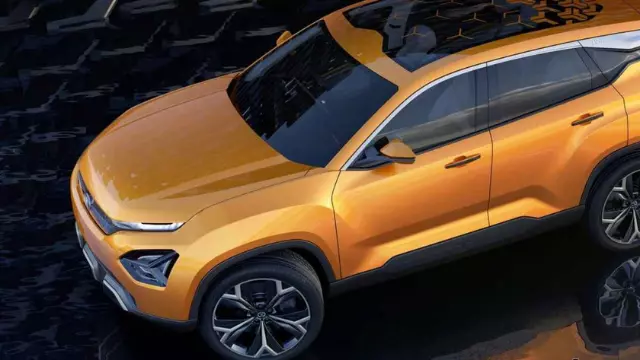
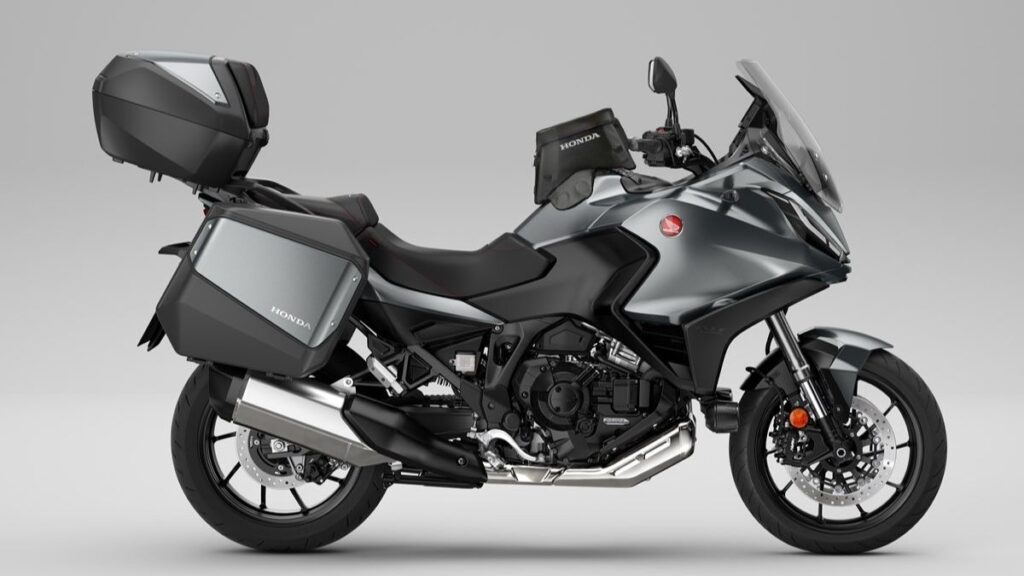
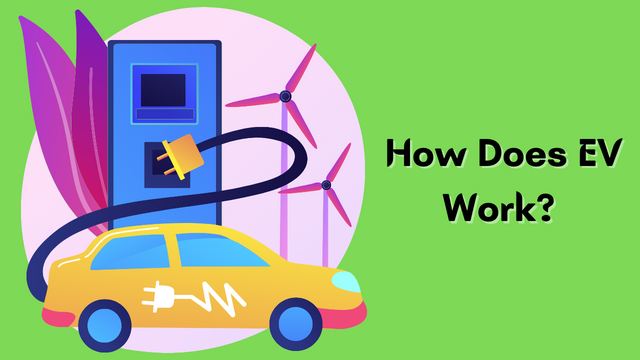
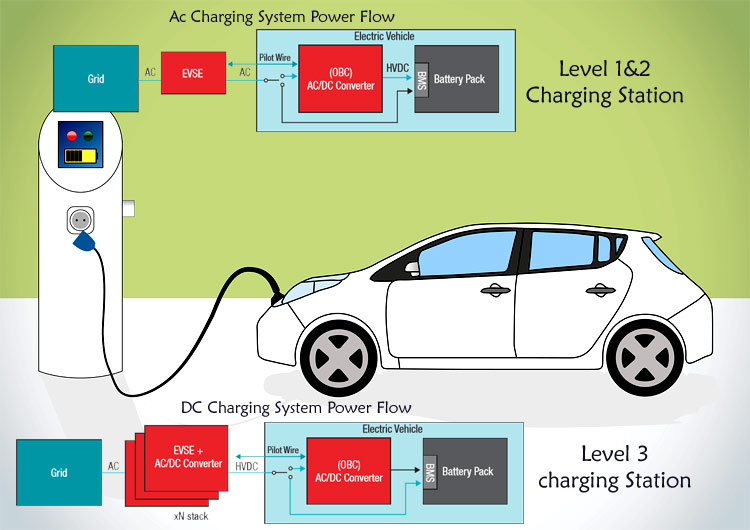

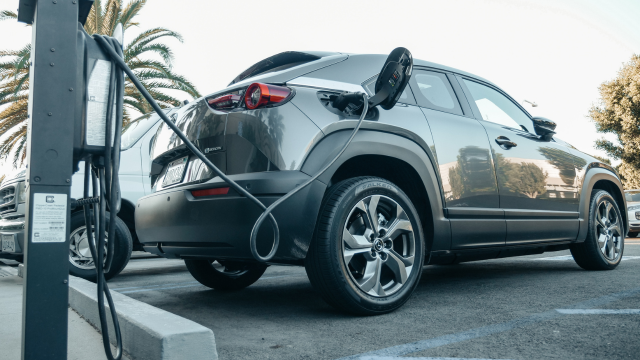

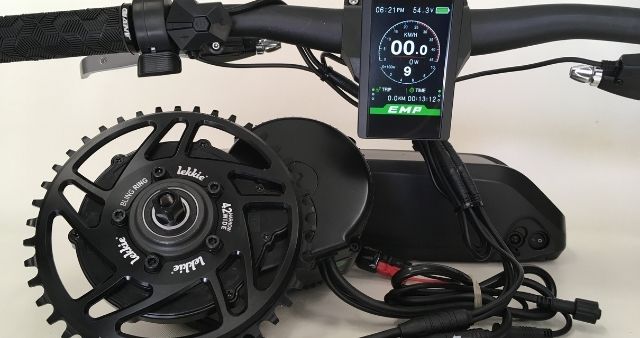

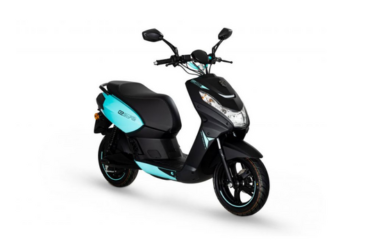
Leave a Review